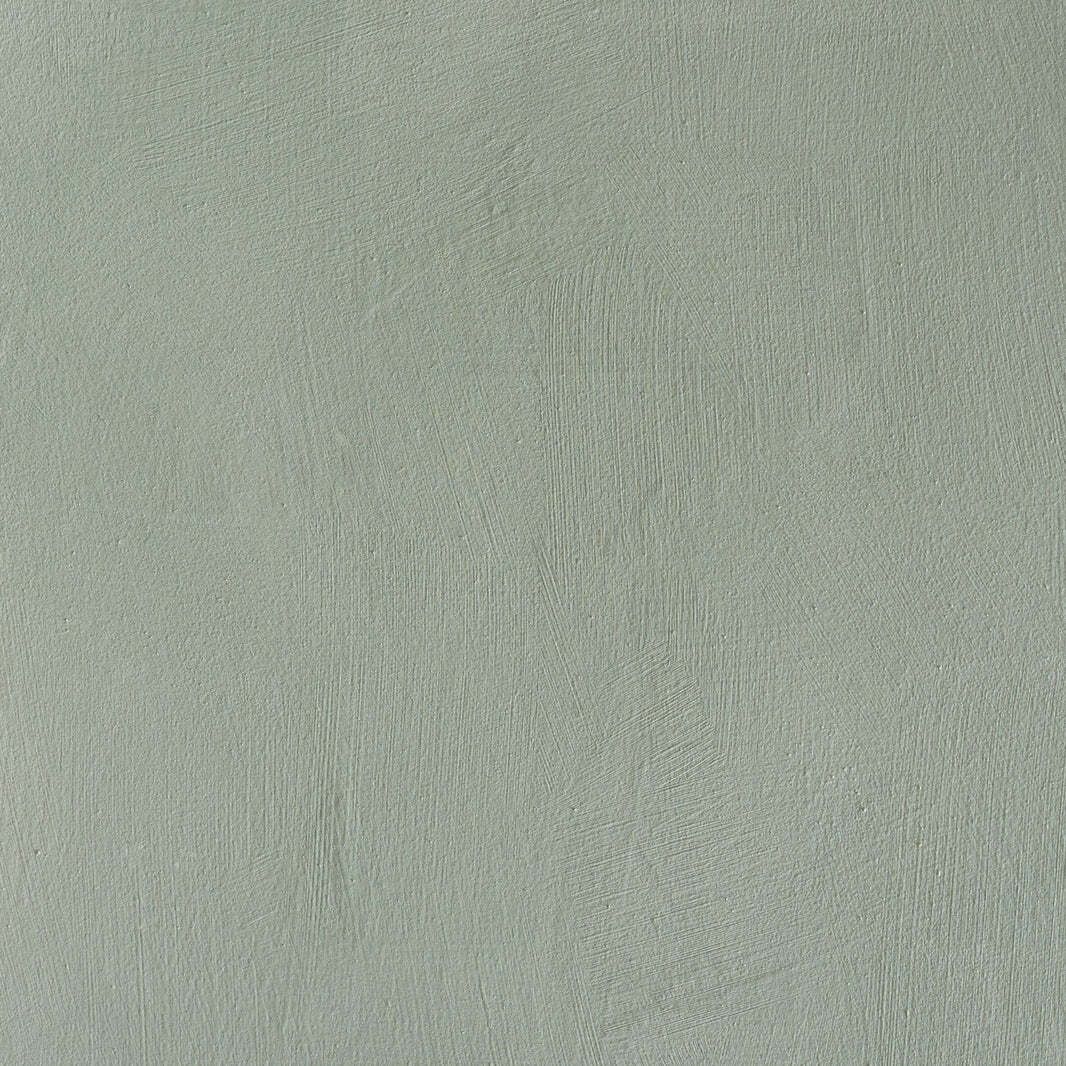- Shane V. Charles
- Posts
- Issue No. 58
Issue No. 58
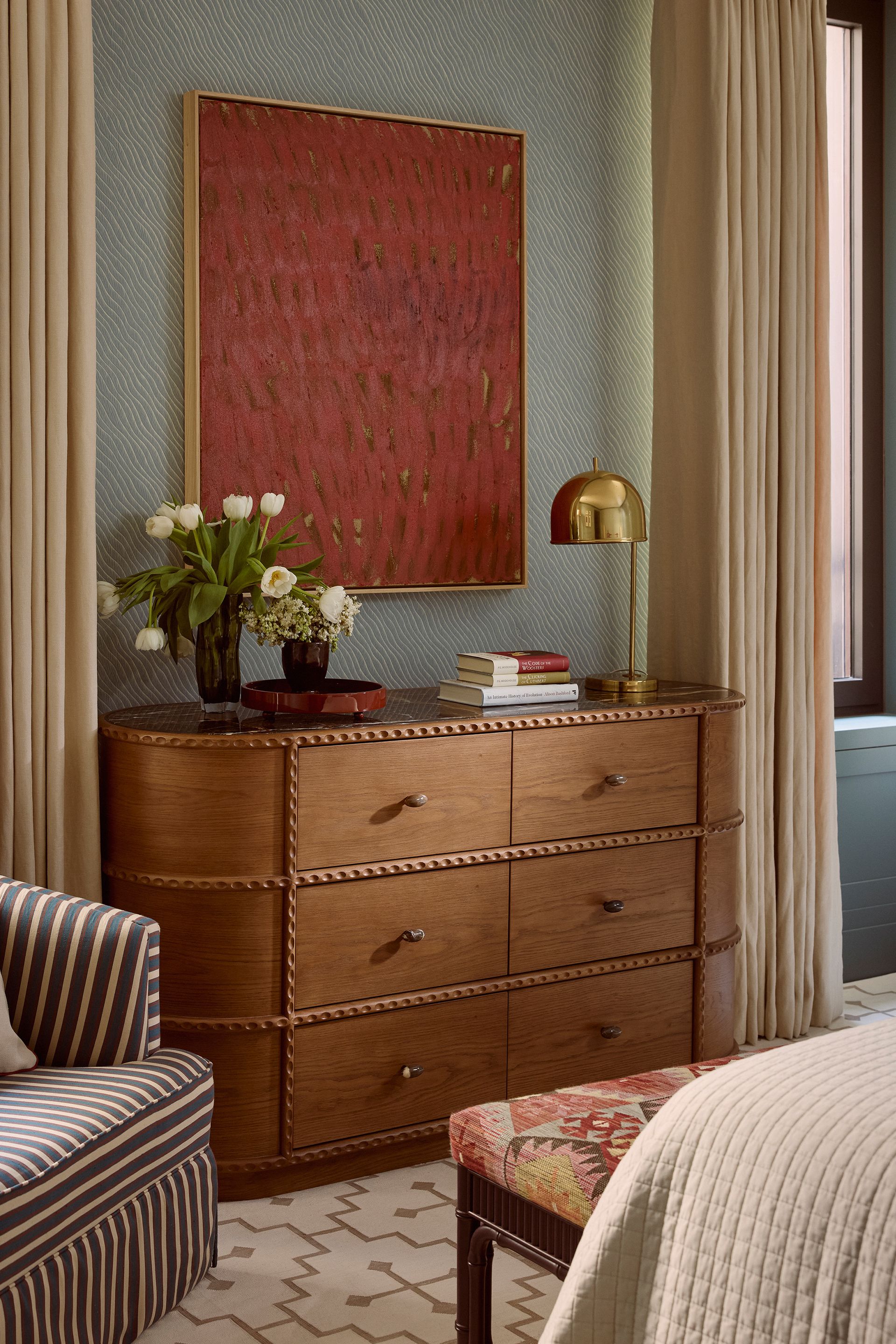
ISSUE NO. 58
An October Issue

Photography by Kensington Leverne
That phrase — “who you are when no one’s looking” — comes from a moralist stance that equates authenticity with isolation. It assumes that our truest self emerges only in private, untouched by performance or social influence. But that’s a limited view of being.
I’d challenge it because identity isn’t a static interior truth; it’s relational. We are shaped in dialogue — with space, time, others, and circumstance. Who we are when no one’s looking may reveal honesty, but who we are when seen reveals adaptation, empathy, and creative response.
ARCHITECTURALLY CURIOUS
Logic In Geometry

Photography by Anastasiya Dudik
There’s something disarming about circular spaces—they reject hierarchy. The first time I designed within one, I remember how light behaved differently, wrapping instead of landing, refusing to be directed. Here, that same tension finds resolution: the round window becomes both lens and anchor, spilling light across the plastered wall like liquid time. Every curve softens the rigidity of modern structure, grounding the space in rhythm rather than order—an architecture of stillness, not dominance.

Photography by Anastasiya Dudik
Rounded Out
Lines of illumination are embedded directly into the walls, tracing the structure’s curves like veins of light. The contrast between smooth stucco and warm wood joinery softens what could have felt austere, reminding you that Brutalism doesn’t have to be cold.
The kitchen island, clad in brushed metal, floats beneath a circular skylight—sunlight glancing off its surface like water rippling across steel. Every surface tells a story of control and surrender, of architecture that behaves more like a living organism than a shell.
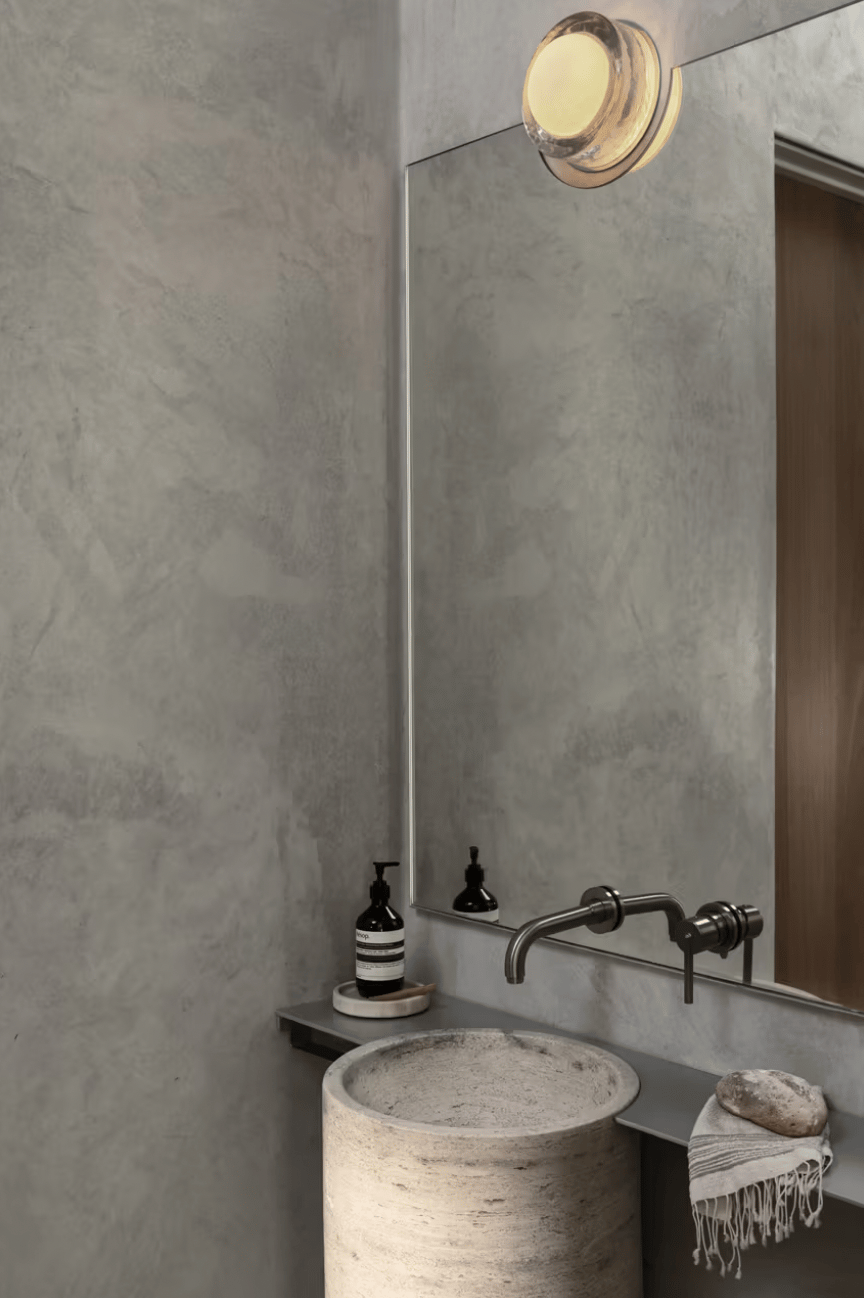
Photography by Anastasiya Dudik
It Just Keeps Going
Even the smallest corner feels intentional—the cylindrical stone basin, the matte wall faucet, the glint of brass catching dawn light. The materiality is raw but rhythmic, a tactile meditation that blurs the boundary between past and future.
The smooth concrete and soft desert hues evoke both lunar landscapes and ancient dwellings. In a world of excess, this home whispers a different truth: that progress may lie not in what we add, but in what we allow to simply exist.
GLOBAL GLIMPSE
Subtle But Overwhelming
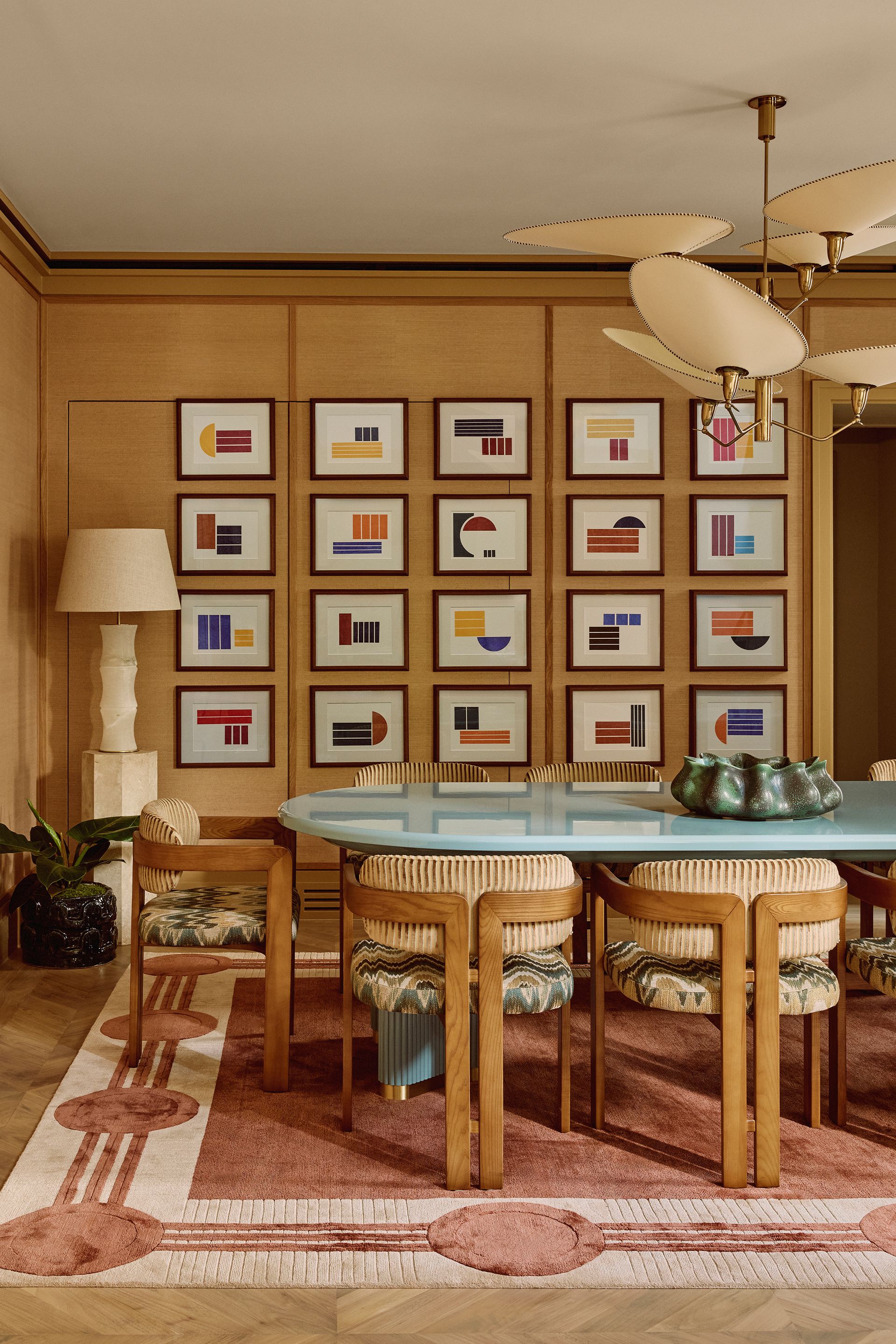
Photography by Kensington Leverne
Inside this Mayfair residence, rhythm takes the lead. The dining room reads like a symphony of geometry—artworks lined in perfect cadence, each one echoing the language of pattern and proportion. Muted terracotta tones play against pale oak walls, grounding the space while the soft gleam of the lacquered table pulls your gaze forward. It’s not opulence for show, but precision—an understanding of how repetition can calm the mind as much as it commands it.

Photography by Kensington Leverne
Color as Conversation
In the adjoining room, color begins to speak more softly. Mauve, ochre, and rust layer themselves across textures rather than shouting from surfaces. A coral-toned bookshelf warms the air, grounding the modernist art and plush sectional in a quiet dialogue between eras. This is where design becomes human—where formality fades and comfort, culture, and curiosity start to intertwine.
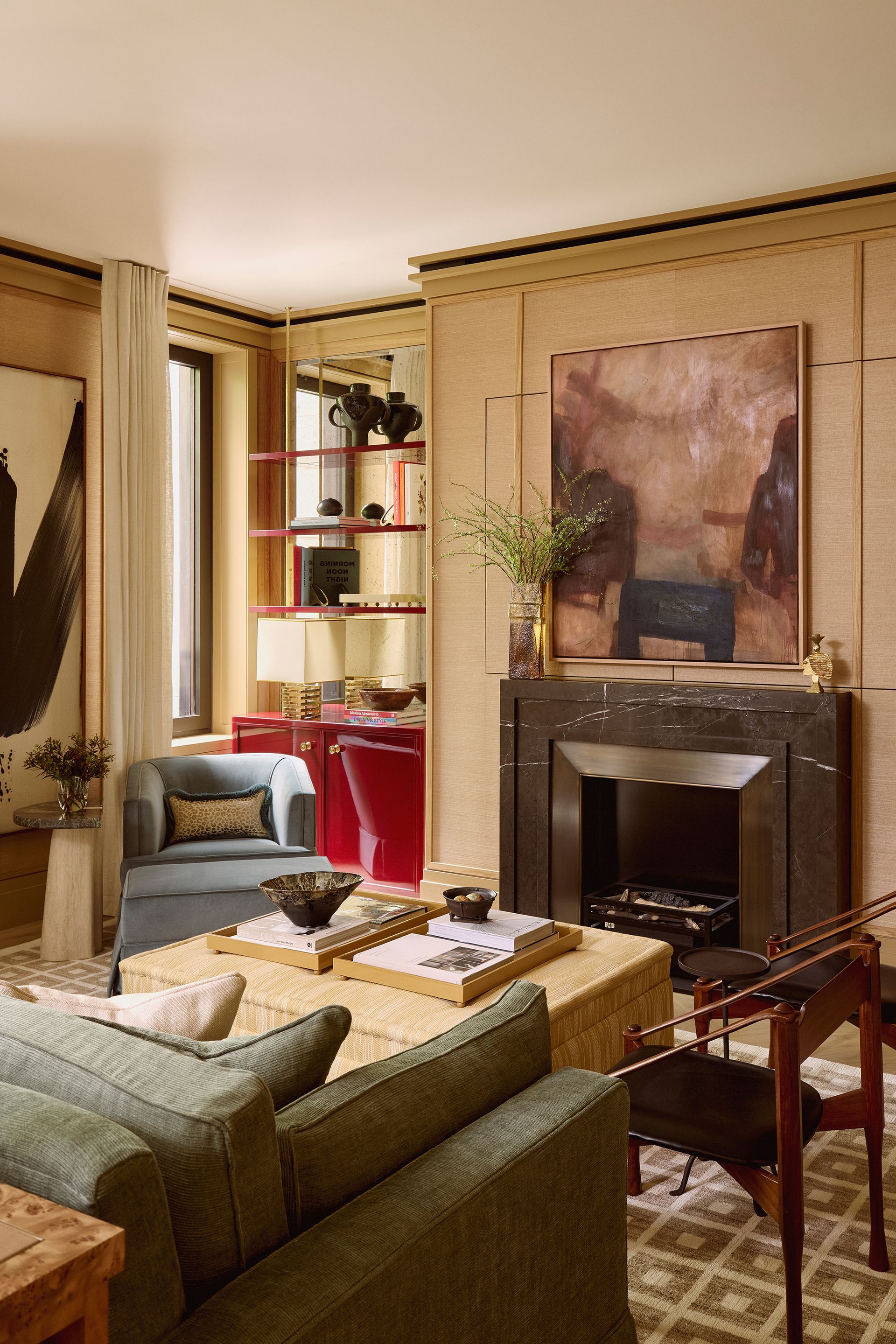
Photography by Kensington Leverne
The Art of Balance
Every room here feels like an act of restraint. A black marble fireplace meets lacquered crimson shelving, bridging the past with the present in a single glance. The composition feels cinematic—sunlight tracing linen walls, artwork glowing against muted gold trim. It’s a reminder that great interiors don’t demand attention; they earn it through the harmony of detail and the confidence of silence.
VISUAL COMFORT
The Architecture of Repetition
Standing before Now What? Or What Else?, Nina Chanel Abney invites you into a world that feels playful at first glance but unravels the longer you look. Her use of vibrant blues, ochres, and terracottas reads like a coastal daydream—until you notice the unease beneath it.
Figures float amid waves and sea creatures, their gestures suspended somewhere between joy and exhaustion. The simplicity of her graphic style disarms you, turning heavy themes of collapse and numbness into scenes that feel almost too bright to grieve. In Abney’s hands, color becomes both camouflage and confession.
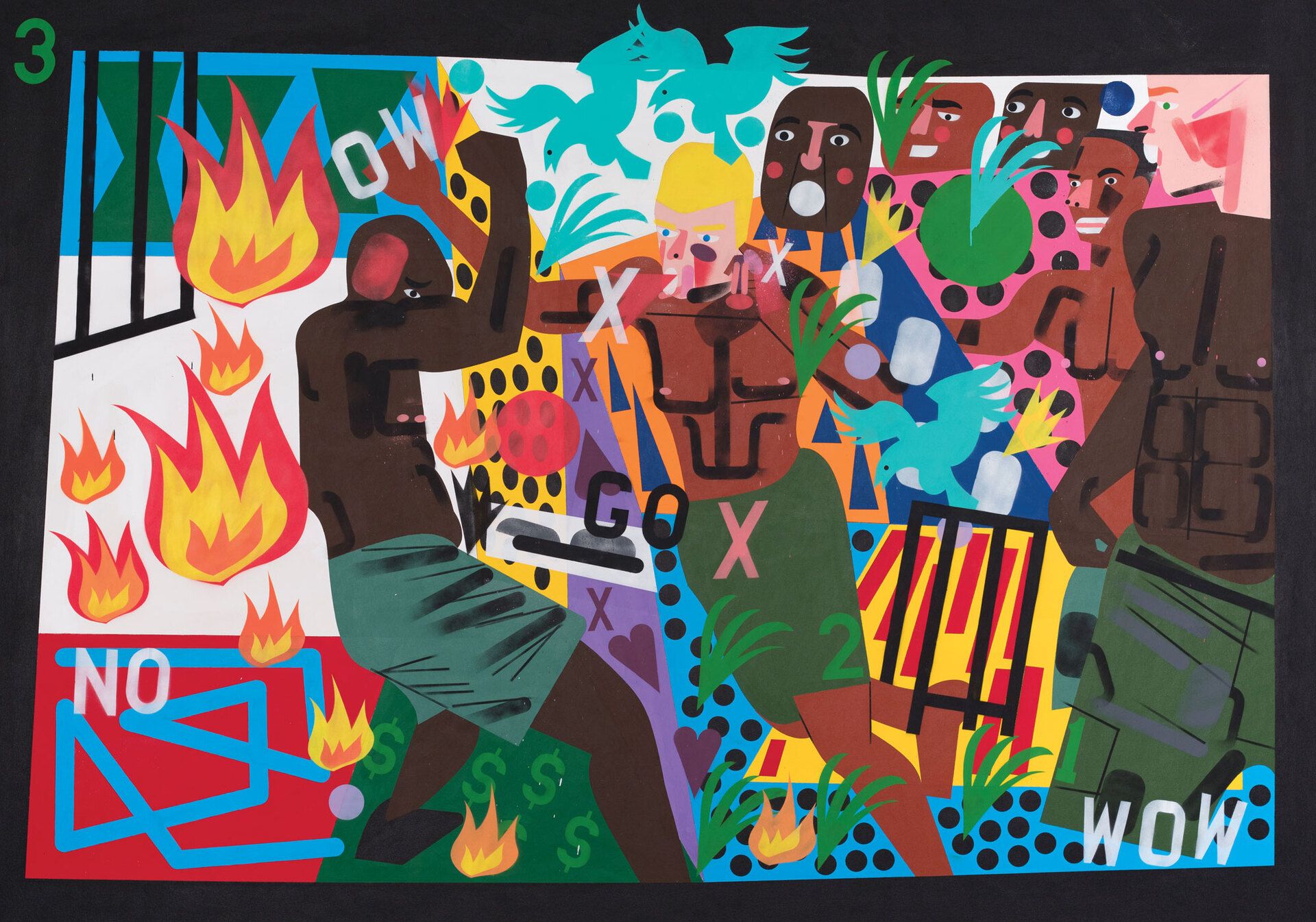
Nina Chanel Abney
MUSICAL INTERLUDE
What I'm Listening to in October
The self is not a hidden object waiting to be uncovered; it’s a living construction, constantly negotiated between visibility and invisibility.
So rather than asking “who are you when no one’s looking,” the more interesting question becomes: who are you becoming as the world looks back?
Warmly,
/shane

